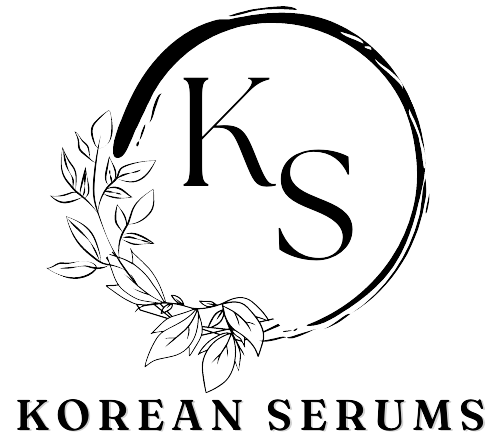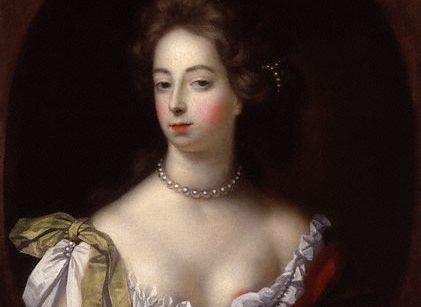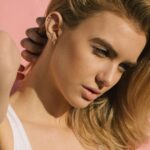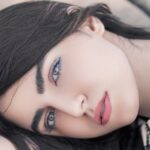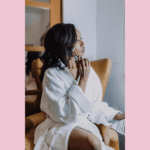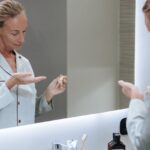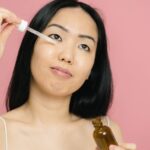We all may or may not be aware of the fact that Elizabethan was the era of the golden age with an ancient modern and luxurious lifestyle. People in that era were living in a full prosperous life with high living standards.
You might be thinking that if people in that time were so prosperous and well then what type of beauty standards they might follow in this era?
Well, it’s very mesmerizing to understand how history has depicted the way women at those times used to get ready and put on makeup. Do they have to experience any kind of hatred for being beautiful or stylish? How they sorted themselves and in what ways that makes us attractive towards this?
Let us go through this most exclusive content about Elizabethan beauty standards and the way they styled themselves
1. Facial Features
Pale skin was regarded as a symbol of nobility and good health during the Elizabethan era. Due to the hardship of having to go out and work hard to make ends meet, poor individuals could not develop such a complexion, which resulted in a tan.
Lead and vinegar were combined to generate a fine white powder, which was then used to manufacture the cosmetics.
Women would use this makeup to attain a porcelain-like complexion on their faces, necks, and chests.
The most popular method involved using Ceruse, a foundation created by combining vinegar with toxic white lead. However, using Venetian ceruse was risky because the lead content led to lead poisoning, hair loss, and skin damage.
2. Styling
Have you ever thought that people in Elizabeth’s time were conscious of their eyes? Well, you will be surprised after knowing that they took care of their eyes and made every effort to make them look smoky and attractive. But what type of things they used? People in the Elizabethan era utilised kohl to draw the lines around their eyes and give them a darker appearance. At that time, having thin, arched eyebrows that raised the forehead was a symbol of privilege.
A substance called Belladonna was also used to make their eyes sparkle and enlarge them.
Not only this, do you know the fact that they were so stylish freak that they used to pluck their eyebrows to make their eyes look sparkled?
3. Hair Styling
It’s very interesting for all of you to know that the way Elezabrthan people used to style their hair stole our hearts. Have you ever wondered why they used to do such type of complicated yet attractive hairstyles? Elizabeth the Queen had ruddy(red) hair. As a result, people began to dye their hair a reddish colour.
At that time, having fair hair was considered trendy. People have bleached their hair using a variety of substances, including saffron, celandine, cumin seeds, and even urine. Wigs were also utilised to achieve the look of fair hair.
The front of their skull was firmly curled. Jewels and headpieces were used to embellish the hair. They were exceedingly expensive, and only wealthy individuals could afford them.
4. Forehead
Do you know how people at those times used to style or make their foreheads look attractive? Women’s high foreheads were in vogue during this period. To give the appearance of a broader forehead, which was regarded as a sign of beauty and intelligence, they would pull their hairlines back.
Some women even went so far as to wear fake brows made of mouse skin or human hair after completely shaving off their own! Elizabeth I, who was well recognised for having a high forehead and thin eyebrows, popularised the “Elizabethan forehead” style.
5. Lips and Cheeks
You will get an insight into the way they styled and cared about their lips as well as their cheeks. In the Elizabethan era, rogue cheeks and lips were quite fashionable, and they have since formed a significant part of the history of lip makeup.
Women utilised plants with crimson roots like madder to achieve them. Cochineal and other animal colours were also utilised. The cheeks were painted with a mixture of egg white and ochres.
6. Skin Complexion
Elezabethania people valued light skin. It was a kind deed. It suggested that women had stable financial situations and could avoid working long hours outside, which would undoubtedly result in tanning.
Fashionistas would advance the trend. They would paint some incredibly fine blue lines on their skin to make it appear more transparent because the veins beneath were clearly visible. Even some people accentuated their dark circles.
When their faces were slick and greasy, they would powder them.
7. Clothing and styling
Women at the time imitated Queen Elizabeth I’s fashion, wearing exaggerated gowns with tiny waists and puffy sleeves.
In the Elizabethan period, the higher classes were said to favour pale skin, reddish-golden hair, and crimson lips.
8. Skin Caring
Have you ever observed the skin care practises utilised by Elezabethanian women? The women of Elezabethanian society approved of the covert use of powder. Queen Victoria even used some powder after her skincare routine. It had to be subtle and imperceptible to the human eye, especially that of a man. Too much powder was criticised just as much as using too much rouge or lip colour.
Powders were made from a variety of crushed materials, including starch, oatmeal flour, French chalk and white clay. They might be left white or lightly tinted with pink or violet colours to contrast the era’s yellow lighting.
Glance At The End
Now, you might have concluded that the ancient period was also full of fashion and style. There was a unique and elegant definition of fashion in Elizabethan beauty standards.
It is clear that women have engaged in practises that support the nurturing and grooming of their skin for ages. All Elizabethan beauty standards were fascinating to learn about because they employed some quite bizarre cosmetics and grooming tools.
Although not extremely fashionable today, Elizabethan beauty standards have significantly influenced people who care about their appearance and their hair and makeup.
Victoria has high standards for all forms of beauty.
It has been seen that these beauty standards were really distinguished and well-explained in their own manner.
